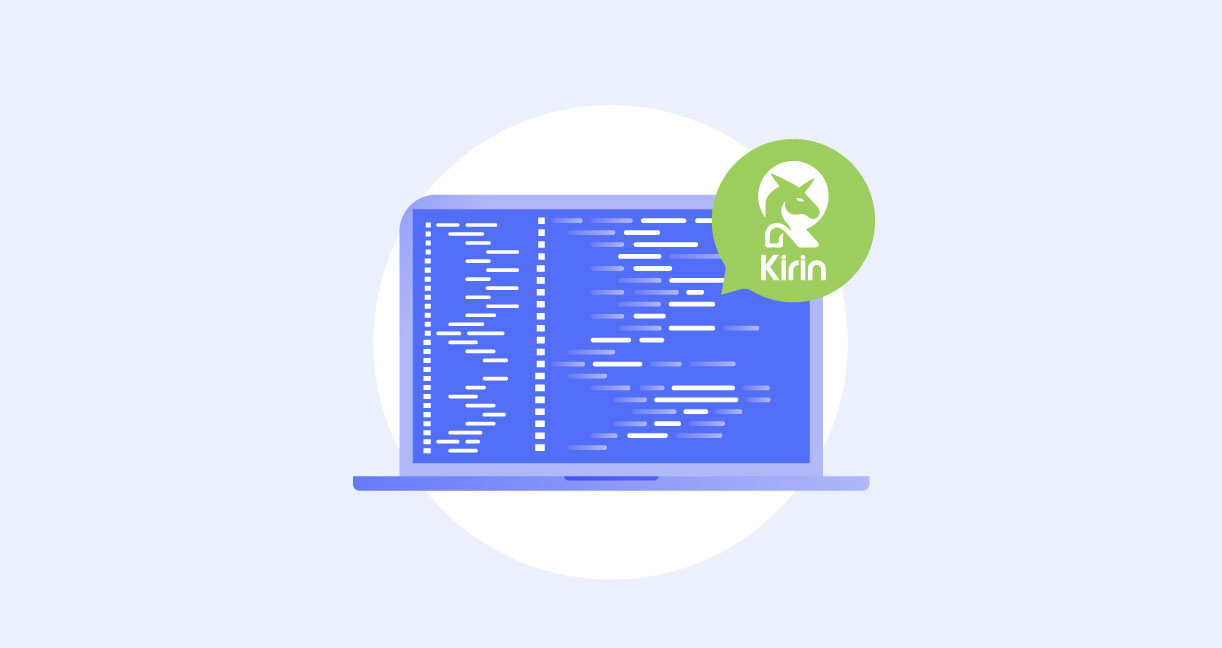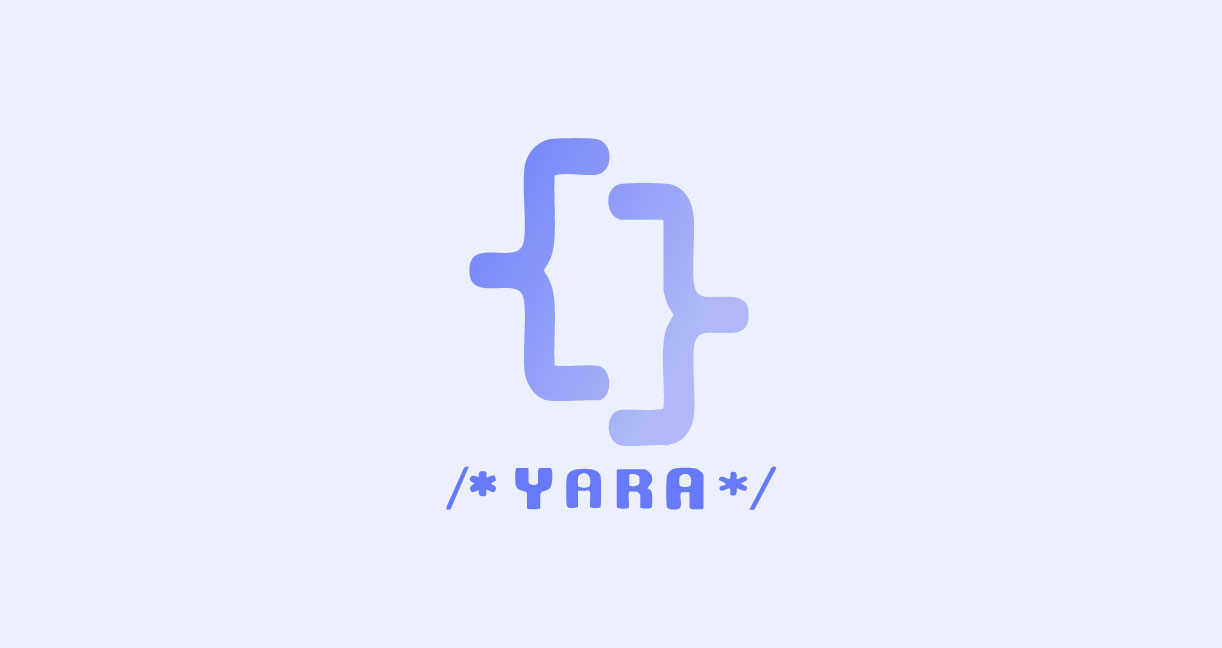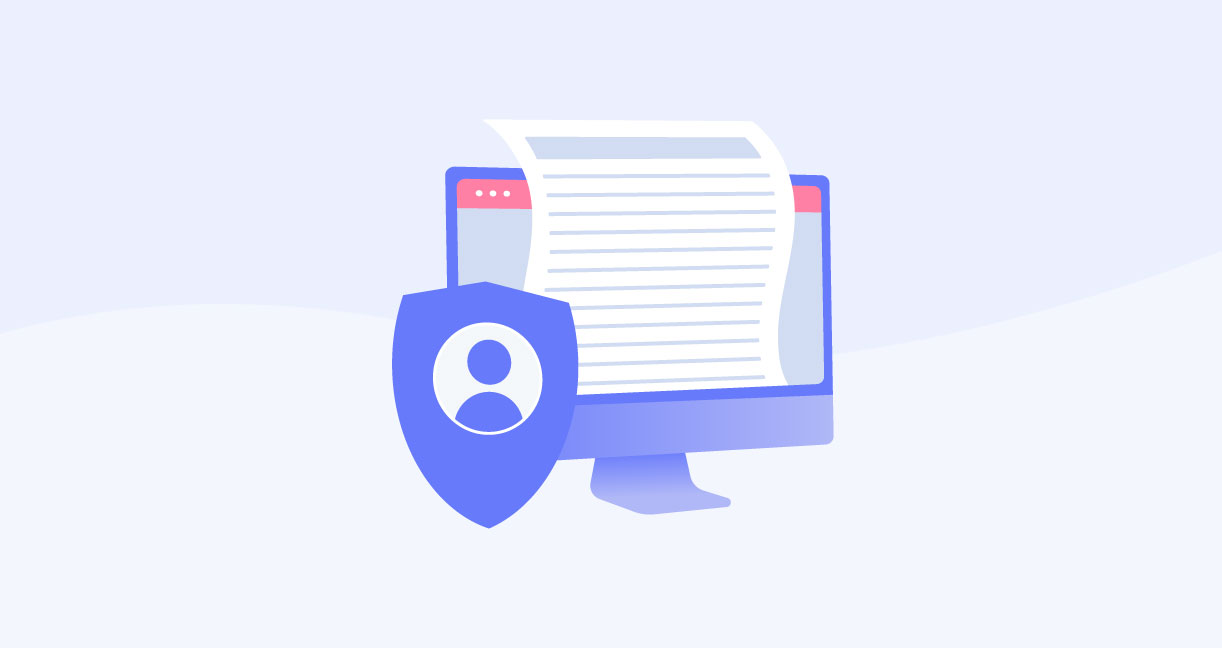Fast Facts on AI Coding Assistant Governance
-
AI coding assistants accelerate development, but without governance, their outputs can bypass security, compliance, and regulatory frameworks.
-
Governance frameworks provide visibility and control by tracking AI usage, defining clear policies, and enforcing standards across teams and repositories.
-
Effective monitoring and logging ensure accountability by linking AI-generated code to developers, inputs, and decisions for audit and traceability.
-
Guardrails, such as red-teaming, model whitelisting, and input filtering, help mitigate risks including prompt injection, data leakage, and unsafe model behavior.
Why Governance Matters for AI Coding Assistants
AI coding assistants are widely adopted but there are worries about security and compliance.
Stack Overflow’s most recent annual Developer Survey found that 84% of developers use or plan to use AI tools in their development workflows. A July 2025 post in ITPro. by News and Analysis Editor, Ross Kelly, reports that nearly half of these developers “don’t trust” the technology because of accuracy concerns.
The problem is that while the tools boost speed by helping with boilerplate, syntax, and suggestions, the speed itself can introduce risks. Furthermore, some AI-generated code may not meet security best practices or regulatory requirements. Developer trust is eroding, with 46% of developers saying they don’t trust the accuracy of AI-generated results, up from about 31% in 2024.
DevSecOps teams must strike a balance between the speed of delivery and security and compliance. Governance provides the structure to ensure that speed does not compromise regulatory obligations (for example The EU AI Act and the NIST AI Risk Management Framework). Furthermore, governance directly aligns with the AI RMF’s “Govern” and “Map” functions, which call for oversight of AI systems and mapping of risks across organizational processes.
Proper AI coding assistant governance helps enforce secure development workflows and ensures consistent safety across a team or organization. Without it, companies may fail audits, leak sensitive data, or face reputational damage. This is where automation becomes important. Platforms like Kirin embed governance into daily workflows, reducing manual overhead while ensuring policies are consistently applied.
How to Monitor AI Assistant Use Across Development Teams
Effective monitoring of AI code usage across development teams ensures accountability, reduces security risks, and provides the oversight needed for safe adoption. Building trust in AI coding assistants can be achieved through the following steps.
Visibility as the First Step
Organizations often state that while AI is integrated somewhere, details of how and where it is used, especially in production environments, usually lack visibility. Technical research, for example Provenance Tracking in Large-Scale Machine Learning Systems, has explored the provenance tracking of data and ML workflows to help trace origin, transformations, and usage of data and artifacts. Without systems that track when an AI assistant contributes code vs. when humans do, security teams cannot reliably evaluate risk. Similarly, as this DevOps assistant research article shows, they cannot enforce compliance or audit issues later.
Establishing Usage Policies
Usage policies are essential for minimizing risk when using AI assistants. In an Anagram 2025 workplace security survey, 58% of employees admitted they had pasted sensitive data (client records, financial data, internal documents) into LLMs, even when their companies had not clearly defined what was allowed. This illustrates how a lack of explicit policy can lead to risky behavior.
A clear policy should define approved use cases. For example, allow AI assistants to generate boilerplate code, documentation, or test scaffolding, but disallow use in implementing core cryptography, authentication flows, or handling credentials. It should also specify disallowed practices.
Policies should also require training so employees understand what “sensitive data” means (e.g. PII, financial info, internal secrets), when and how AI tools may be used, and what tools are approved or banned. Also include enforcement mechanisms (warning pop-ups, blocking, or rejecting prompts that violate policy).
Monitoring & Logging
Monitoring and logging are essential to ensure AI assistant outputs are traceable, accountable, and safe. First, audit trails must record when and how AI suggestions are generated, when they are accepted or modified, and what inputs led to their creation. Without this, when something goes wrong, say a vulnerability or leak, we can’t reliably identify the root cause.
Traceability of AI assistant output to pull requests or commits is also essential. If an assistant suggests code that is merged, there needs to be metadata or tags showing that suggestion. So, when reviewing a pull request, one can see “this piece came from an AI assistant, this from a human.” This supports accountability and forensic review, and helps estimate the percentage of the codebase that is AI-assisted.
Organizations should collect and retain logs for a sufficient period (based on regulation, risk, or policy), ensure access control on logs so audit logs cannot be tampered with, and use alerting/monitoring to flag anomalous behavior (unusual number of AI suggestions in cryptography modules, or frequent rejections). Logging plus traceability turns usage data into actionable oversight.
Guardrails for Secure and Responsible AI Use
Securing the use of AI assistants requires a layered approach, encompassing the selection of trusted providers, the classification and control of data, and the stress-testing of prompts to identify vulnerabilities.
Approved Models and Providers
Not all AI assistants are equal in how they handle data security, privacy, or risk. A 2024 IBM Institute for Business Value report, Securing generative AI, found that only 24% of current generative AI projects have a component to secure them properly, even though 82% of executives say that secure and trustworthy AI is essential to success. This gap highlights the importance of selecting a provider with a robust security posture.
One way to enforce guardrails is to create a whitelist of approved AI models/providers. Only those providers that conform to your organization’s risk, compliance, and security criteria (data handling, alignment with regulatory obligations, breach history) may be allowed. This helps prevent shadow use of tools that may be insecure or unvetted.
Data Classification and Controls
Preventing exposure of sensitive data through AI prompts is essential. The European Data Protection Board's 2025 guidance provides criteria for identifying privacy risks, classifying data, and evaluating consequences. AI Privacy Risks &Mitigations: Large Language Models (LLMS) emphasizes controlling inputs to LLM systems to avoid exposing PII, trade secrets, or IP.
In October 2024, Washington University announced InfoSec Alert: Confidential and Protected Information not allowe in Adobe AI Assistant that it had disallowed use of its AI assistant for any confidential or protected data (including PII and PHI). This was because of concerns about how the provider’s retention policies and transparency around training data exposed risk.
Aligning with existing data governance practices and frameworks involves integrating the classification of data (public, internal, confidential, secret) into AI assistant usage policies, ensuring that the assistants only access data permitted by these classification rules. Then apply technical controls, such as input filtering, prompt masking, or anonymization, to data that is borderline.
Red-Teaming AI Prompts
Red-teaming involves proactively testing AI assistants for vulnerabilities, including injection attacks, jailbreaks, and unsafe responses. A 2025 study analyzed over 1,400 adversarial prompts across GPT-4, Claude 2, Mistral 7B, and Vicuna. It found an attack success rate of 87.2% for GPT-4, 82.5% for Claude 2, and lower (but still high) rates for open models.
Red-teaming also helps reveal weak spots in prompt handling, role- or system-level guardrails, or model alignment. Organizations that adopt red-teaming are better positioned to build layered defenses, combining model choice, input filtering, monitoring, and provider vetting. Red-team exercises should be done periodically and as part of release or deployment cycles, especially when integrating new AI assistants or models. This helps address evolving vulnerabilities.
Embedding Oversight into CI/CD Pipelines
Embedding security into the development lifecycle — particularly through Continuous Integration and Continuous Delivery (CI/CD) — ensures AI-assisted code is safe before it reaches production.
Policy Enforcement at Build Time
Policy enforcement at build time means stopping unsafe or non-compliant code or AI suggestions before they get merged. The answer is to integrate static code analysis tools and AI-specific linting to catch insecure patterns introduced by AI. For example, dependency scanning tools can catch vulnerable libraries or packages that AI assistants might suggest.
The 2024 IBM IBV report mentioned earlier indicates that many organizations prioritize innovation over security, and only a fraction of GenAI initiatives have built security in from the start. Embedding enforcement in CI/CD helps shift that balance. You might implement checks that prompt content or AI-generated code to be tagged, that no disallowed data in prompts (per classification) is used, and that any use of AI suggestion follows the approved model/provider whitelist.
Dynamic Application Security Testing
Dynamic tests are needed because static analysis can't catch all runtime issues. AI-generated code might pass build-time checks but fail under load or when interacting with dependencies, particularly for input validation, authentication, or when models or libraries rely on external services.
Use Dynamic Application Security Testing (DAST) tools or security testing environments to simulate production behavior. Monitoring for abnormal behaviors, unexpected network calls, or unintended permissions at runtime can catch threats that static tools miss. For example, a DAST platform like OWASP ZAP could be extended with AI-specific plugins that test how AI-generated code handles untrusted inputs or external API calls, highlighting risks unique to LLM-assisted development. Even if these are hypothetical adaptations today, they illustrate the path forward for applying DAST principles to AI code.
Shift-Left Governance
Shift-left means introducing security and policy checks earlier in the software development lifecycle. Rather than retroactively addressing issues, guardrails are automated in developer environments, in pull requests, linting, or local test harnesses. For example, policy-as-code approaches (defining rules in code that CI/CD enforces) allow noncompliance commits to be automatically rejected or flagged long before deployment. Automating scanning of dependencies for known common vulnerabilities and exposures, (CVEs), checking that prompts do not contain sensitive data, and ensuring any AI-assisted code is reviewed under defined governance are all examples of shift-left governance.
Building a Governance Framework That Scales
Governance should be centralized in terms of policy definitions, model/provider approvals, data classification for AI assistants, red-teaming protocols, and logging standards. This ensures consistency and avoids divergence in practice as teams grow. Conduct regular audits and reviews of AI tool use, model/provider compliance, security incidents, prompt injections discovered, etc.
Policies must evolve in response to changing tools, threats, and regulations. For example, with the EU AI Act now in force and other jurisdictions adopting similar rules, the criteria for approved models, required transparency, or data handling may change. You need to balance enforcement with developer autonomy. Too much friction requiring manual approvals for every AI suggestion slows teams. Too little leaves gaps. Use guardrails to reduce friction while maintaining security.
To support scaling, organizations should deploy centralized dashboards that provide CISOs, DevSecOps teams, and compliance teams with a unified view of AI usage, policy enforcement, and risk exposure across all teams. The adoption of a shared governance vocabulary is equally important. It means that terms like “sensitive data,” “approved model,” or “shadow usage” are interpreted consistently across the enterprise. Another practice is regularly updating and documenting governance policies. By treating policy definitions like code and maintaining version control, organizations can trace how rules evolve, enforce change control, and provide historical evidence during audits.
Finally, it is vital to ensure that the governance framework includes training, communication, and feedback loops. Developers need to understand why policies exist, and they should be able to report gaps or problematic behavior like unusual AI suggestions and prompt-based vulnerabilities.
How Kirin Simplifies AI Coding Governance
Kirin automates policy definition, enforcement, and risk assessment across the AI usage lifecycle, continuously checking for drift, misconfigurations, or unapproved behaviors. It delivers real-time observability by detecting insecure usages such as sensitive prompts, data leaks, or risky API and repository interactions. That way, it prevents issues before the secure deployment of AI assistants.
The platform includes a prompt injection firewall that blocks or sanitizes suspicious prompts, reducing exposure to adversarial attacks. It embeds enforcement into CI/CD pipelines, automatically checking rules like “no secrets in prompts” or “only approved models used,” and integrates with platforms like GitHub so DevSecOps teams can apply governance seamlessly.
Kirin also maintains detailed, tamper-evident logs of policy triggers, blocked content, and model/provider activity. These records support compliance reporting and align with widely recognized security standards, giving organizations both operational oversight and audit-ready assurance.
What’s Next
Ask yourself, How exposed is your organization’s generative AI usage? What models are in use? Are there policies blocking unsafe prompts or leaking data? Kirin helps answer those questions with dashboards, readiness assessments, and alerts.
Suppose you want to see governance in action. In that case, exploring Kirin’s capabilities in a demo or trial will help to identify existing gaps, mispermissions, exposed sensitive content, and unapproved model use, and demonstrates the potential risk reduction in your environment.
Evaluate Governance Gaps with Kirin.
FAQ
-
What does governance mean for AI coding assistants?
Governance refers to the policies, controls, and monitoring practices that ensure AI coding assistants are used securely, responsibly, and in compliance with enterprise and regulatory standards. -
How can DevSecOps teams monitor AI assistant use across developers?
Teams can implement logging, audit trails, and code attribution to track when AI-generated code is introduced, ensuring accountability and visibility into usage. -
What guardrails should be in place for AI coding assistants?
Typical guardrails include approved AI models, data classification rules to prevent sensitive data exposure, and red-teaming prompts to test for unsafe or manipulated outputs. -
How does Kirin help enforce governance policies?
Kirin provides real-time monitoring, a prompt injection firewall, and automated policy enforcement in CI/CD pipelines. All in all, it ensures governance without slowing developer velocity.
Tags:
AI data security



![AI Data Governance Guide for Enterprise Teams [2025]](https://www.knostic.ai/hubfs/What-is-AI-data-governance.jpg)



.jpg?width=520&height=294&name=Data-security-posture-management-(DSPM).jpg)


.jpg?width=520&height=294&name=AI-coding-assistants-security%20(1).jpg)
